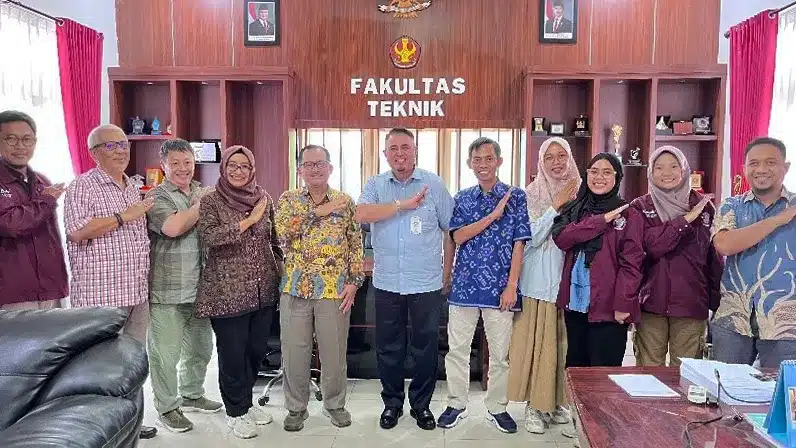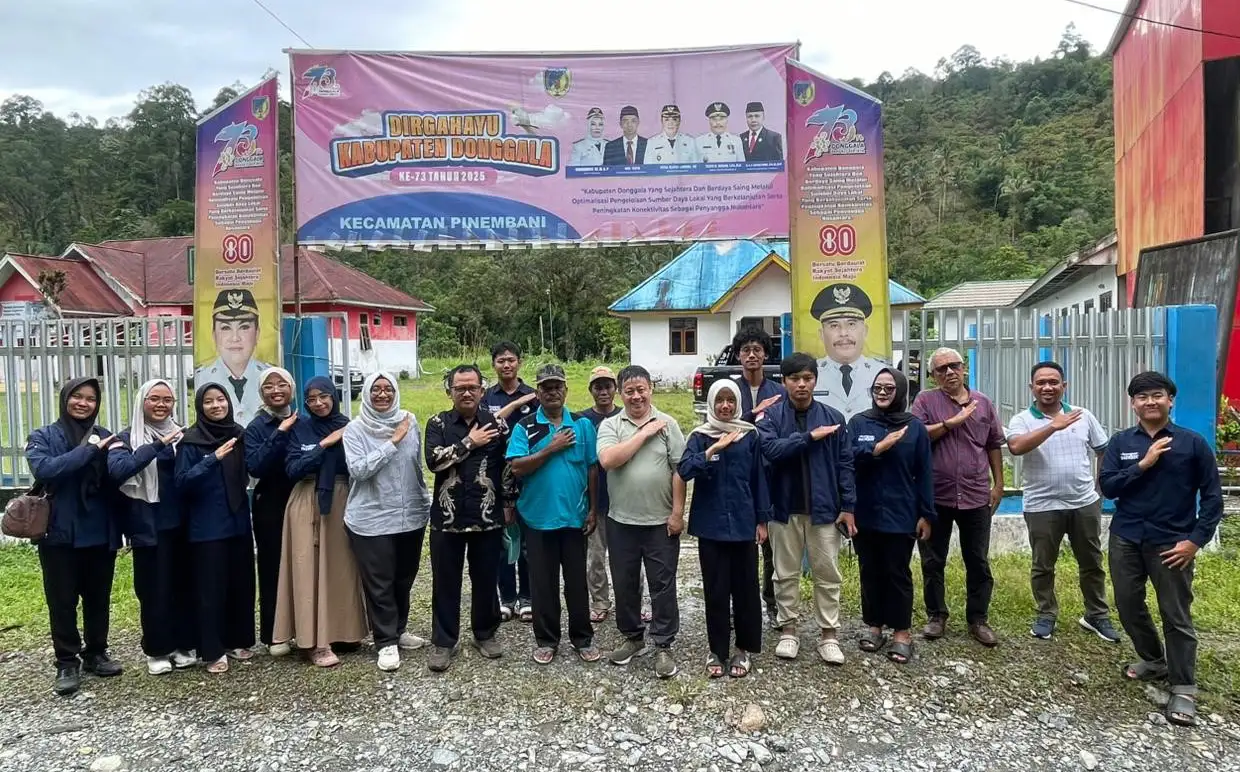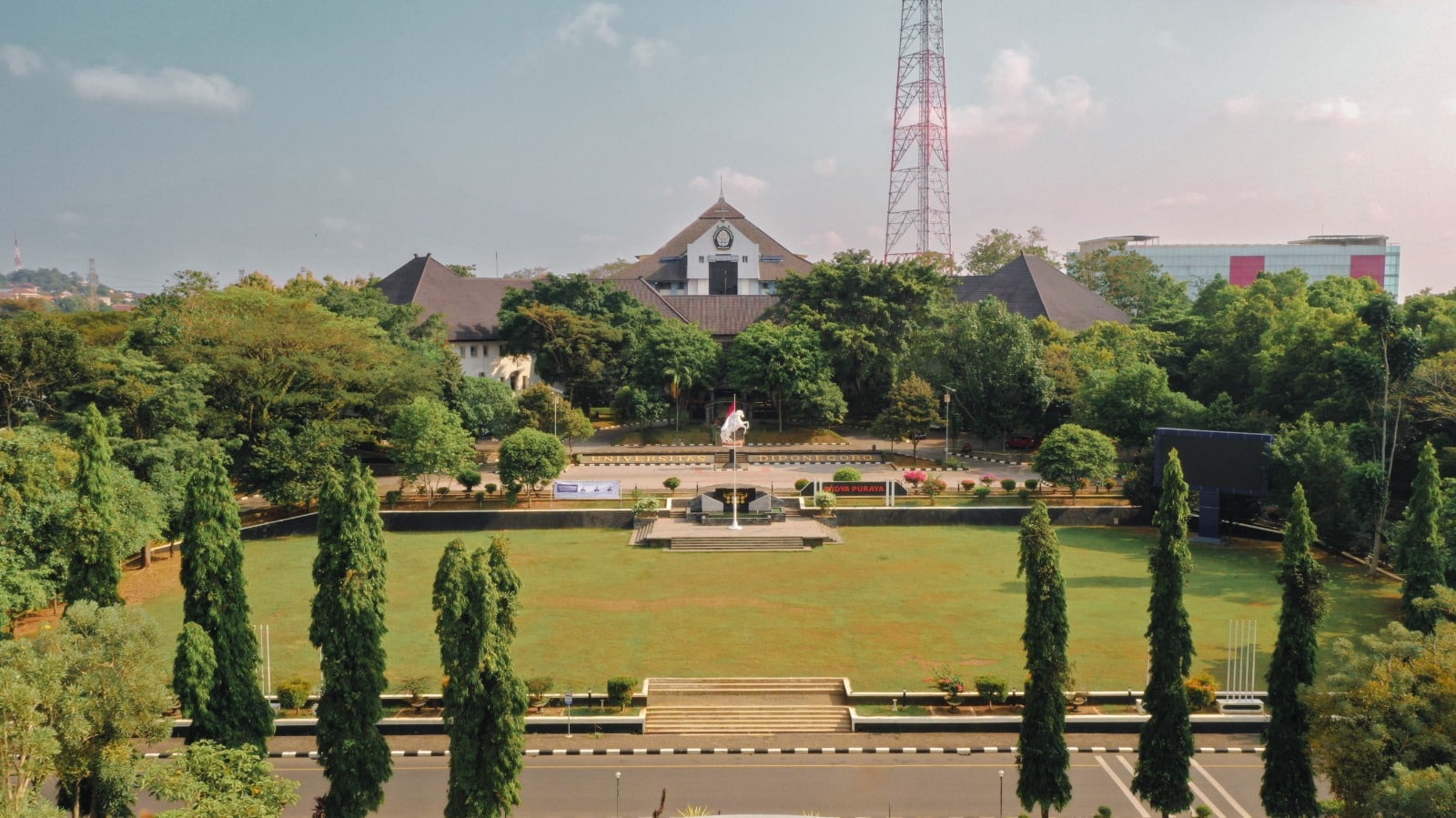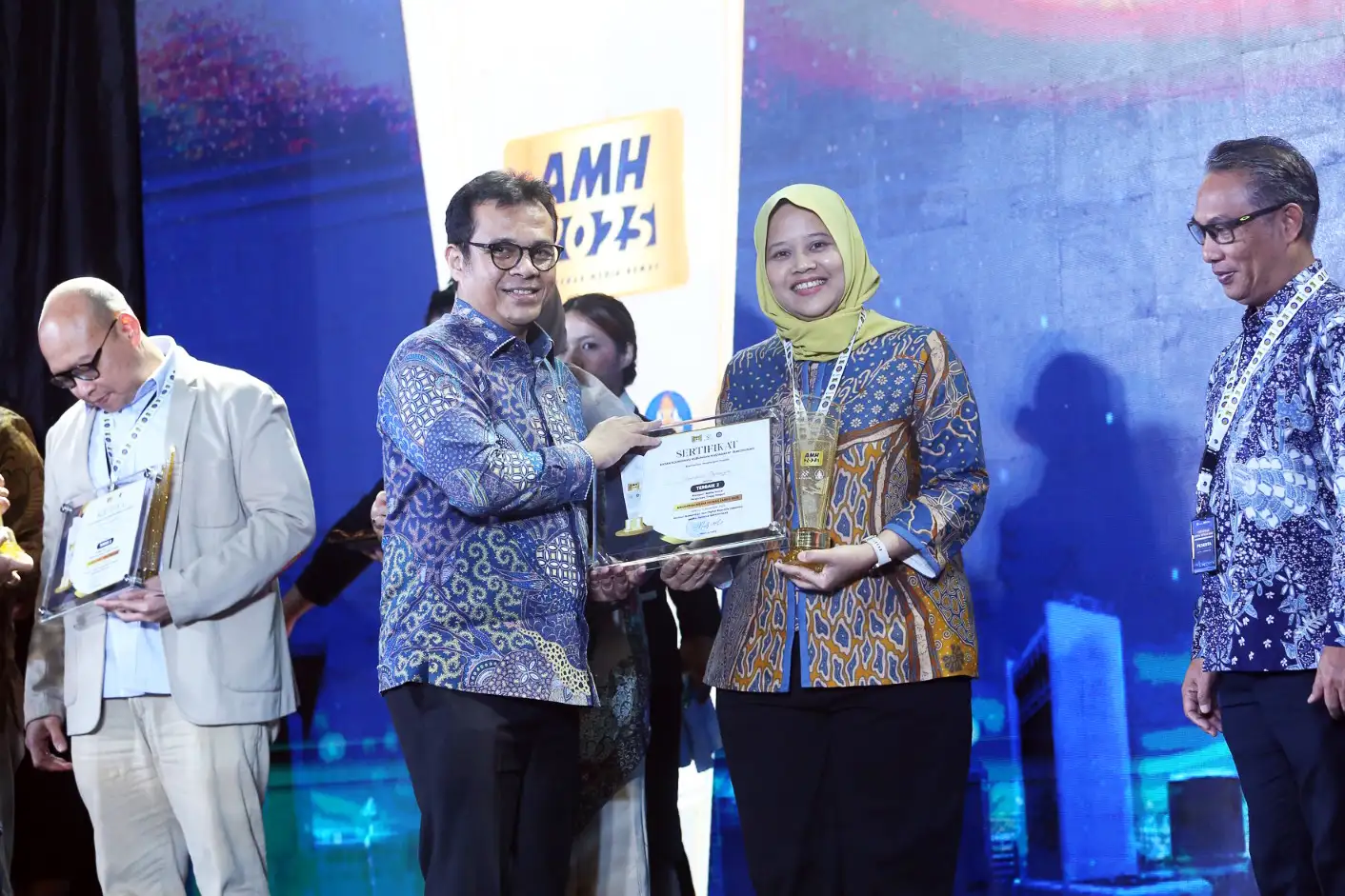Undip inaugurated three professors on the third day of the inauguration ceremony in the morning session, Thursday (7/9), at the Prof. Soedarto, S.H. Building, Undip Tembalang. The inaugurated professors were Prof. Dr. Ir. Sarjito, M.App.Sc. (Faculty of Fisheries and Marine Sciences); Prof. Dr. Ing. Ir. Silviana., S.T., M.T., IPM., ASEAN Eng. (Faculty of Engineering); and Prof. nat. Ir. Thomas Triadi Putranto, S.T., M.Eng., IPU, ASEAN Eng. (Faculty of Engineering).
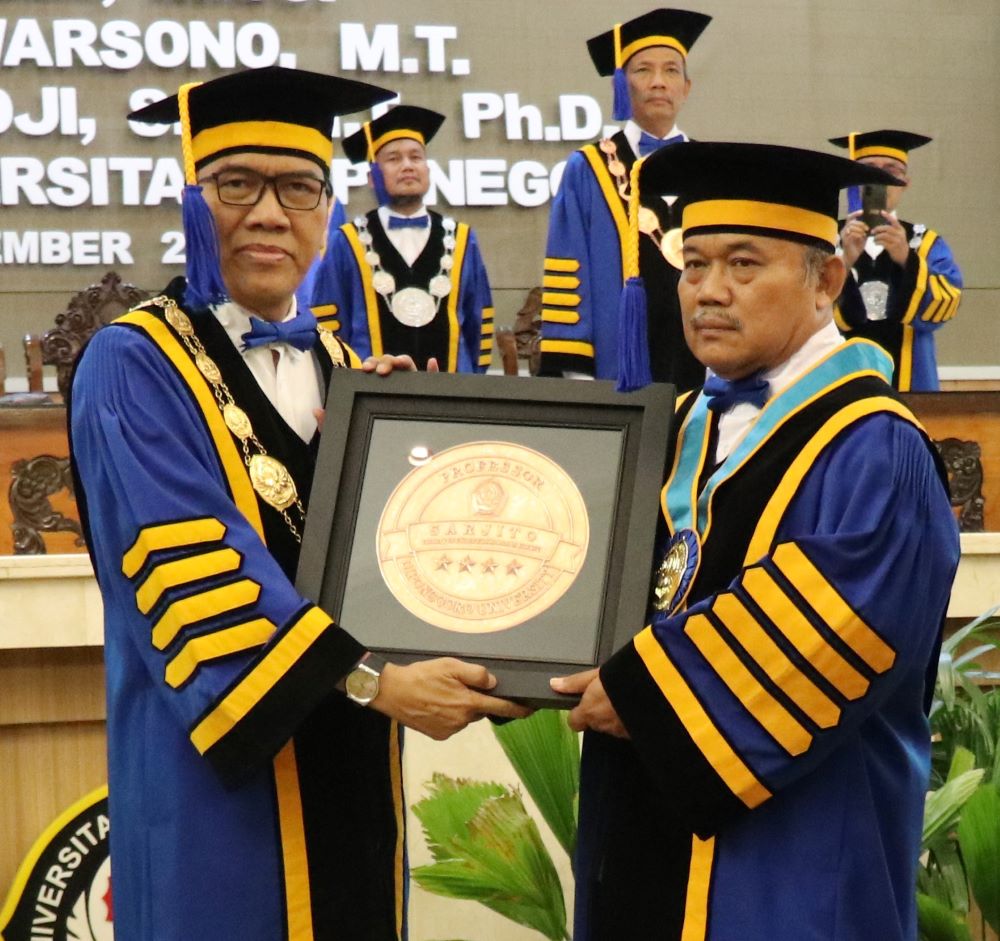 In his scientific speech on “Treatment of Fish Diseases Based on Natural Ingredients in the Context of Realizing Sustainable Aquaculture,” Prof. Sarjito said there were many reports of mass deaths in aquaculture activities due to fish diseases in aquaculture organisms, including crabs, crustaceans, shrimp and economically important fish such as grouper, catfish and tilapia, goldfish and koi. Efforts to treat fish infected with disease generally still use antibiotics and chemotherapy. Using antibiotics for an extended time and in inappropriate amounts can cause resistance to pathogenic bacteria and produce residues in aquaculture products and the emergence of anti-microbial resistance (AMR) in the aquatic environment.
In his scientific speech on “Treatment of Fish Diseases Based on Natural Ingredients in the Context of Realizing Sustainable Aquaculture,” Prof. Sarjito said there were many reports of mass deaths in aquaculture activities due to fish diseases in aquaculture organisms, including crabs, crustaceans, shrimp and economically important fish such as grouper, catfish and tilapia, goldfish and koi. Efforts to treat fish infected with disease generally still use antibiotics and chemotherapy. Using antibiotics for an extended time and in inappropriate amounts can cause resistance to pathogenic bacteria and produce residues in aquaculture products and the emergence of anti-microbial resistance (AMR) in the aquatic environment.
“Alternative treatments using environmentally friendly natural ingredients are needed to avoid the negative effects of antibiotics in aquaculture activities. Diseases that often attack aquaculture organisms result from viral, fungal, and bacterial infections and environmental factors. “The use of natural ingredients, especially natural plants, and associated bacteria, is one of the recommended methods for fish farmers, as well as reducing production costs, reducing resistant bacteria, reducing the impact on the aquaculture environment and at the same time maintaining food safety,” he explained.
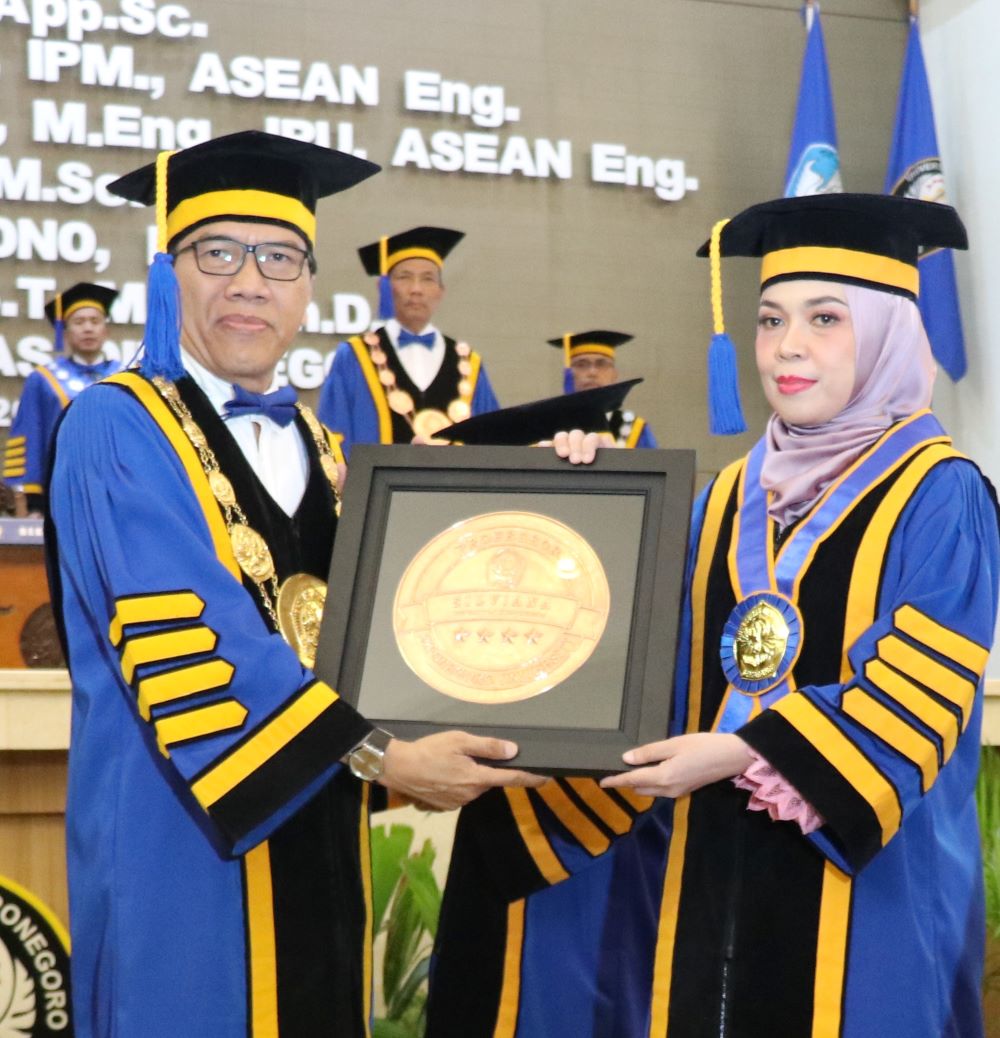 The event was followed by the presentation of Prof. Silviana’s scientific work entitled “Development of Selective Adsorbent Technology Made from Modified Silica to Improve the Quality of Alternative Energy.” She discussed the focus on developing new material technology regarding the manufacture of selective adsorbent particles made from silica to improve the quality of alternative energy, namely biodiesel, biogas, and syngas. The selective adsorbent particles formed need to be confirmed by characterization and kinetic studies to obtain further information on the need for selective adsorbent particles made from modified silica in reducing impurity concentrations in biodiesel, biogas, and syngas.
The event was followed by the presentation of Prof. Silviana’s scientific work entitled “Development of Selective Adsorbent Technology Made from Modified Silica to Improve the Quality of Alternative Energy.” She discussed the focus on developing new material technology regarding the manufacture of selective adsorbent particles made from silica to improve the quality of alternative energy, namely biodiesel, biogas, and syngas. The selective adsorbent particles formed need to be confirmed by characterization and kinetic studies to obtain further information on the need for selective adsorbent particles made from modified silica in reducing impurity concentrations in biodiesel, biogas, and syngas.
“The feasibility test stage of the adsorbent product in a refining process is part of the opportunity for innovation in the process of quality product flow diagrams to be demonstrated by increasing calorific value, purity, and economic value. “The obstacles that arise become opportunities to collaborate with related industries, both as facilitators and consultants,” said Prof. Silviana.
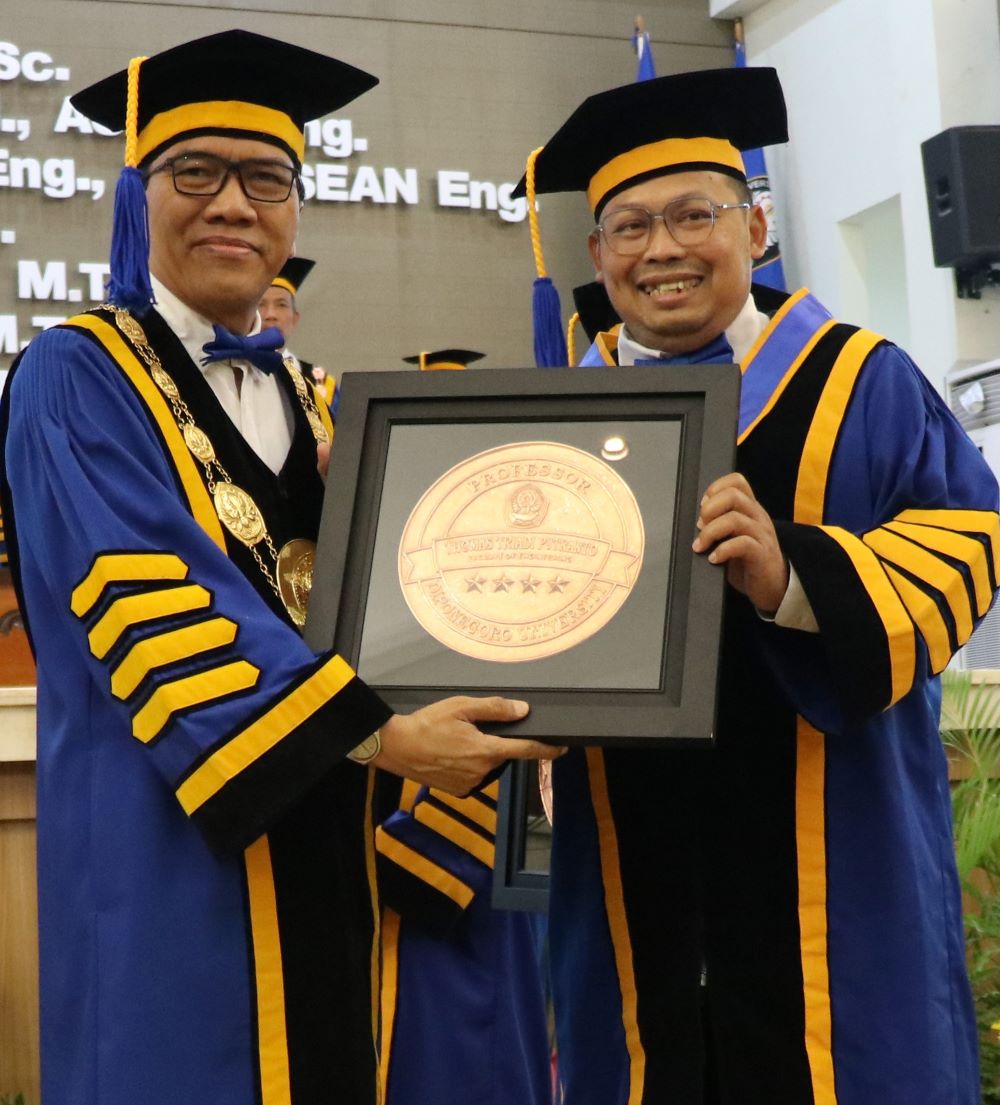 Meanwhile, in his material entitled “Conditions and Recommendations for Environmentally Sound Groundwater Management in the City of Semarang,” Prof. Thomas explained that the significant use of groundwater in Indonesia impacts the availability and quality of groundwater. The use of groundwater that is environmentally sound will have a positive impact on groundwater conditions. The primary effect that arises as a result of inappropriate water management is reduced groundwater availability. Furthermore, further consequences can occur, such as land subsidence, seawater entering the land (rob), and incidents of seawater entering the groundwater layer (seawater intrusion), which can occur especially in coastal areas. The impacts will result in broader damage to the groundwater environment, such as decreased groundwater quality.
Meanwhile, in his material entitled “Conditions and Recommendations for Environmentally Sound Groundwater Management in the City of Semarang,” Prof. Thomas explained that the significant use of groundwater in Indonesia impacts the availability and quality of groundwater. The use of groundwater that is environmentally sound will have a positive impact on groundwater conditions. The primary effect that arises as a result of inappropriate water management is reduced groundwater availability. Furthermore, further consequences can occur, such as land subsidence, seawater entering the land (rob), and incidents of seawater entering the groundwater layer (seawater intrusion), which can occur especially in coastal areas. The impacts will result in broader damage to the groundwater environment, such as decreased groundwater quality.
“Groundwater management activities can be carried out in several ways, including building online/real-time monitoring wells to observe groundwater levels and their quality, building deep infiltration and shallow infiltration wells, mapping groundwater potential and configuration, as well as mapping groundwater utilization and conservation zones, supervision and socialization of groundwater utilization control, as well as numerical modeling of groundwater flow and movement of contaminant particles,” he concluded. (LW – Public Relations)


